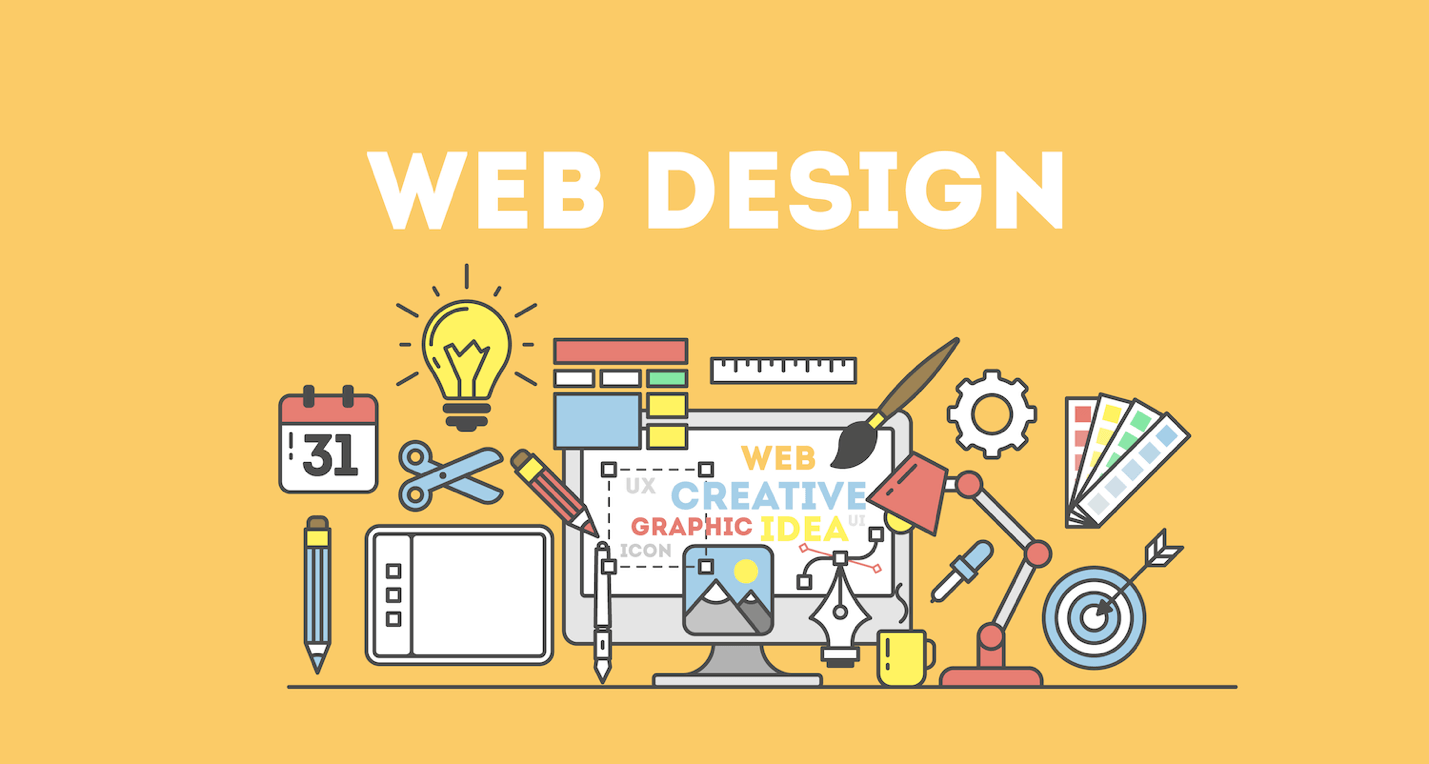User-Friendly Website Design Services That Improve Performance and Interaction
User-Friendly Website Design Services That Improve Performance and Interaction
Blog Article
Leading Tips for Creating an Impactful Internet Site Design That Transforms
To achieve this, one should consider a range of factors, consisting of recognizing the target audience, prioritizing customer experience, and optimizing for mobile systems. The strategic use of compelling call-to-actions and a distinct aesthetic hierarchy plays an important duty in assisting customers via their trip.

Understand Your Target Target Market
Comprehending your target audience is basic to effective site design, as it prepares for developing an interesting individual experience. Recognizing who your users are, including their demographics, preferences, and behaviors, enables designers to customize the internet site's material, layout, and capability to fulfill certain demands.
Conducting detailed market research is essential in this procedure. Surveys, interviews, and analytics can supply useful understandings into individual assumptions and discomfort points. By compiling this data, designers can develop customer characters that stand for different sectors of the target market, ensuring that layout decisions are informed and relevant.
In addition, recognizing the target audience assists in selecting appropriate layout elements such as color pattern, typography, and imagery that reverberate with individuals. A site that speaks directly to its target market fosters a sense of connection and count on, urging longer brows through and greater conversion prices.
Inevitably, a user-centered approach to internet site style not just boosts user satisfaction yet additionally supports service purposes by driving involvement and loyalty. By focusing on the requirements and choices of the target market, a web site can efficiently serve its objective and accomplish desired outcomes.
Prioritize User Experience
To improve the total effectiveness of a website, focusing on individual experience (UX) is vital (Website Design). A well-designed UX guarantees that site visitors can navigate the site easily, locate info quickly, and engage with material meaningfully. This results in boosted individual contentment and higher conversion rates
Begin by applying instinctive navigating. Menus needs to be logically structured, permitting customers to locate vital locations of the site with very little initiative. Consistency in layout elements, such as color systems and fonts, fosters experience, which is vital for keeping individual involvement.
Additionally, consider the loading rate of your site. A hold-up of just a few seconds can bring about significant drop-offs, as individuals are much less most likely to await a slow-loading web page. Streamlining images and maximizing code can boost efficiency and maintain site visitors.
Additionally, clarity in material discussion is essential. Use succinct, interesting language and break up message with visuals to improve readability. By prioritizing individual experience, you not just produce a more pleasurable setting for visitors yet likewise enhance your brand's credibility. Inevitably, an emphasis on UX is a financial investment in the long-lasting success of your website.
Enhance for Mobile Instruments
Optimizing for mobile phones is crucial in Visit Website today's electronic landscape, where a raising number of customers access internet sites through mobile phones and tablet computers. A mobile-friendly layout not just boosts customer experience however also plays a substantial role in enhancing internet search engine rankings. To attain this, it is important to take on a responsive style that instantly adapts to various display sizes and alignments.

Loading rate is an additional crucial factor; mobile individuals are typically much less patient and anticipate rapid access to information. By focusing on mobile optimization, you ensure that your site stays affordable and properly engages a broader audience.
Use Compelling Call-to-Actions
A website's effectiveness commonly depends upon its capability to assist visitors toward desired activities, making engaging call-to-actions (CTAs) necessary parts of design. CTAs act as the critical factors that route users to involve with the website, whether that suggests purchasing, signing up for an e-newsletter, or downloading a resource.
To produce efficient CTAs, clearness is extremely important. Use succinct language that plainly communicates the activity you want the customer to take.
In addition, the design of CTAs need to attract attention without being noticeable. Utilize contrasting shades and clear fonts to ensure they capture interest. Additionally, consider using directional hints, such as arrowheads or photos, to assist users toward these switches. By concentrating on these aspects, organizations can dramatically boost user interaction, driving conversions and ultimately accomplishing their website's objectives.
Focus on Visual Pecking Order
Reliable site design relies heavily on a well-structured visual hierarchy that guides users through material effortlessly. By organizing elements in a way that prioritizes details, developers can enhance individual experience and facilitate decision-making. This includes using size, color, contrast, and spacing Source strategically to draw focus to one of the most vital components of a page.
Using larger font styles for headings and subheadings establishes a clear distinction between various areas, enabling users to check material effortlessly. In addition, employing contrasting colors for buttons and calls-to-action can record user attention and encourage communication. Whitespace is another necessary component; it prevents clutter and enables users to concentrate on vital messages without distractions.
Images and graphics should match the text while likewise sticking to the recognized hierarchy, strengthening the total message (Website Design). Uniformity in layout components, such as redirected here color systems and typography, additional reinforces the visual hierarchy, making navigating user-friendly

Final Thought
In verdict, efficient web site style necessitates an extensive understanding of the target audience, prioritization of individual experience, and mobile optimization. Eventually, a well-executed website layout serves as an essential part in driving user activities and accomplishing service goals.
Report this page